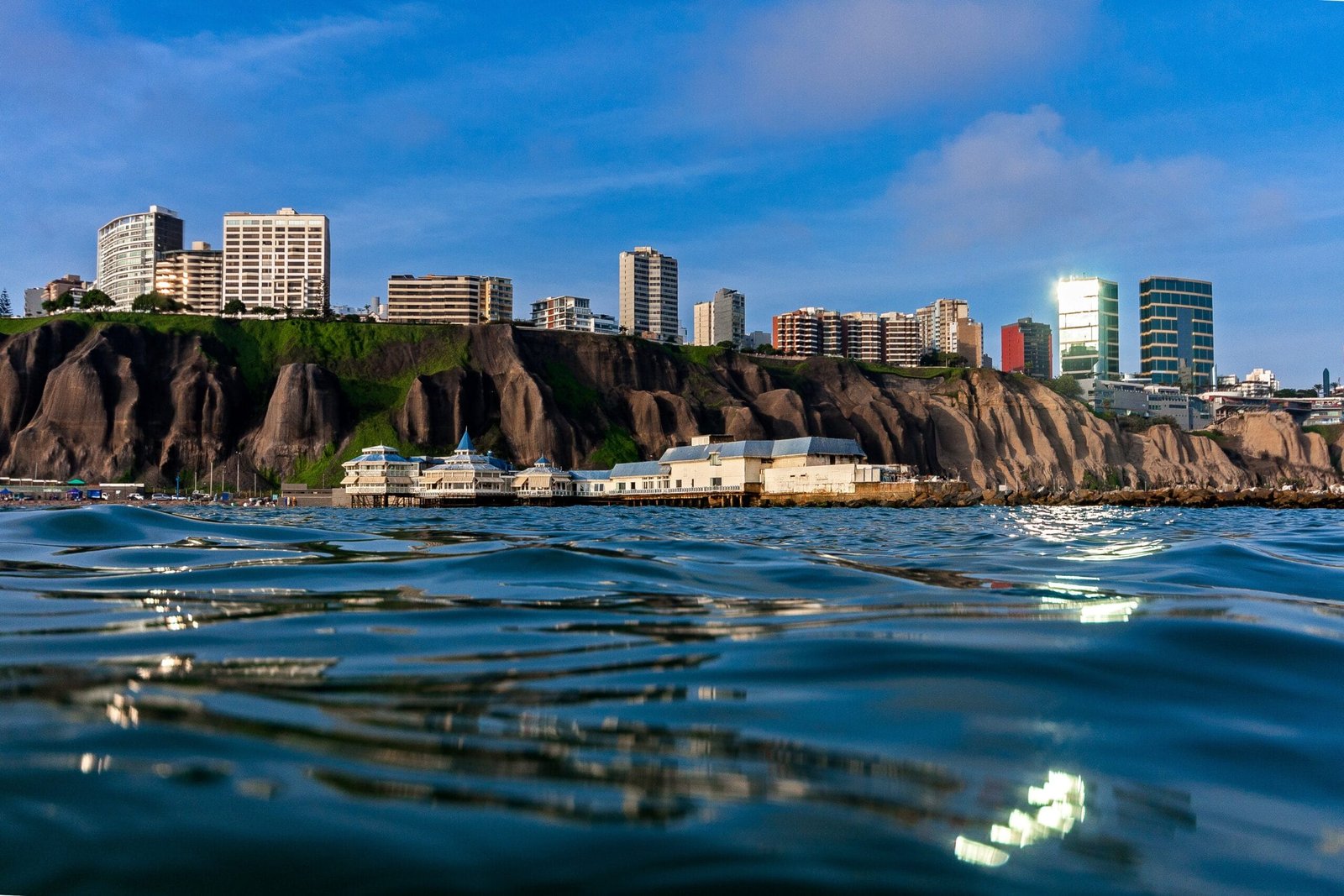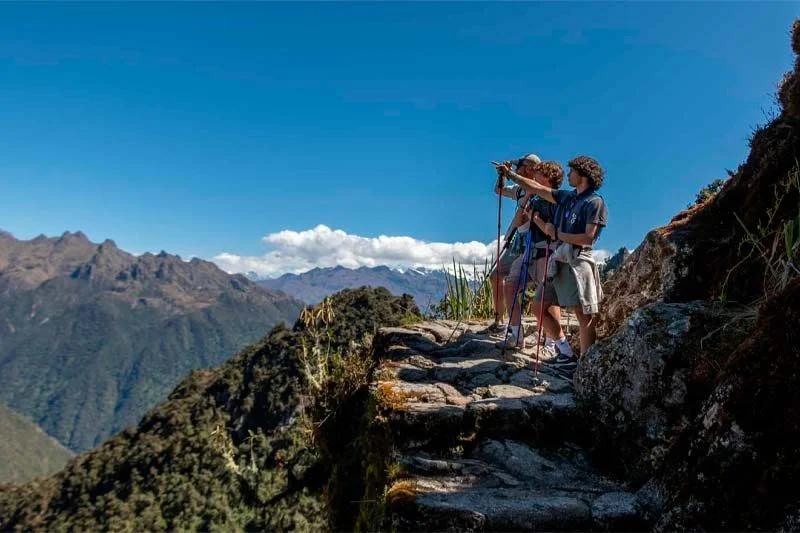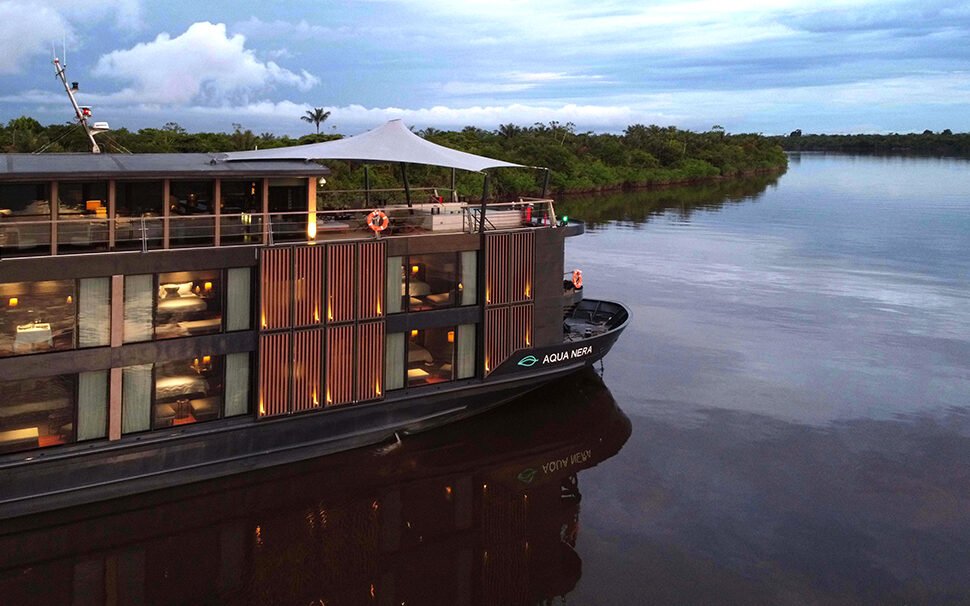Peru is a land of breathtaking contrasts and unparalleled biodiversity, offering landscapes that range from the dense Amazon rainforest to the arid coastal deserts. This remarkable natural diversity is a reflection of the country’s varied geography, which includes the Andean mountain range, lush jungles, and an extensive Pacific coastline. In this post, we explore the unique ecosystems and natural wonders of Peru, each offering its own distinct beauty and wildlife.
The Amazon Rainforest: A Biodiversity Hotspot

The Amazon rainforest, often referred to as the “lungs of the Earth,” covers a significant portion of eastern Peru. This vast, tropical jungle is one of the most biodiverse areas on the planet, home to thousands of plant and animal species, many of which are found nowhere else. In regions like Manu National Park and Tambopata National Reserve, visitors can encounter exotic wildlife such as jaguars, pink river dolphins, and a myriad of bird species. The Amazon is also rich in indigenous cultures, each with its own traditions and knowledge of the rainforest’s resources.
The Andes Mountains: Peaks and Plateaus
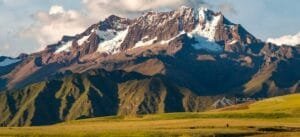
Running through the heart of Peru, the Andes Mountains are not only a natural barrier but also a place of great ecological diversity. The mountain range is characterized by its towering peaks, high-altitude plateaus, and deep valleys. In the Andes, one can find unique ecosystems such as the cloud forests, which are home to the iconic spectacled bear and a variety of orchids. The Sacred Valley, nestled between Cusco and Machu Picchu, offers breathtaking landscapes and is a center of Inca history and culture.
The Coastal Deserts: Where Sand Meets the Sea
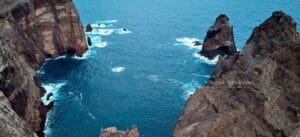
Peru’s coastal region is dominated by the Atacama Desert, one of the driest places on Earth. Despite its arid conditions, the coastal desert is teeming with life, particularly in the rich marine environments off the coast. The Paracas National Reserve and the Ballestas Islands are renowned for their wildlife, including sea lions, penguins, and numerous seabird species. The desert also holds historical treasures, such as the ancient Nazca Lines, which remain one of the world’s great archaeological mysteries.
The Altiplano: High-Altitude Wonders
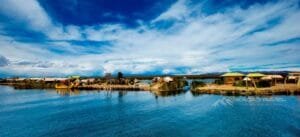
The Altiplano, or high plateau, stretches across southern Peru and is characterized by its cold, dry climate and stunning landscapes. This region is home to Lake Titicaca, the highest navigable lake in the world, which is shared with neighboring Bolivia. The lake is not only a natural wonder but also a cultural heartland, with indigenous communities that have preserved their traditional ways of life for centuries. The Altiplano’s vast expanses are dotted with llamas and alpacas, and the skies are often filled with flocks of flamingos.
Unique Flora and Fauna: A Natural Treasure Trove

Peru’s diverse ecosystems are home to a wealth of flora and fauna, including many endemic species. The country’s varied climate zones, from tropical rainforests to Andean highlands, support a wide range of plant life, from towering trees to delicate orchids. Peru is also a birdwatcher’s paradise, with over 1,800 species of birds, including the Andean condor, one of the largest flying birds in the world. The Amazon basin is particularly notable for its incredible insect diversity, including countless species of butterflies and beetles.
Blockquote
Conclusion
Peru’s natural diversity offers a stunning array of landscapes and wildlife, making it a dream destination for nature lovers and adventurers. From exploring the depths of the Amazon rainforest to marveling at the rugged beauty of the Andes, the coastal deserts, and the high-altitude Altiplano, visitors can experience a true natural wonderland. Each region, with its unique ecosystems and cultural heritage, provides a glimpse into the richness and complexity of Peru’s natural world. Whether trekking through lush jungles, observing rare wildlife, or exploring ancient archaeological sites, Peru’s diverse environments promise unforgettable experiences and discoveries.

